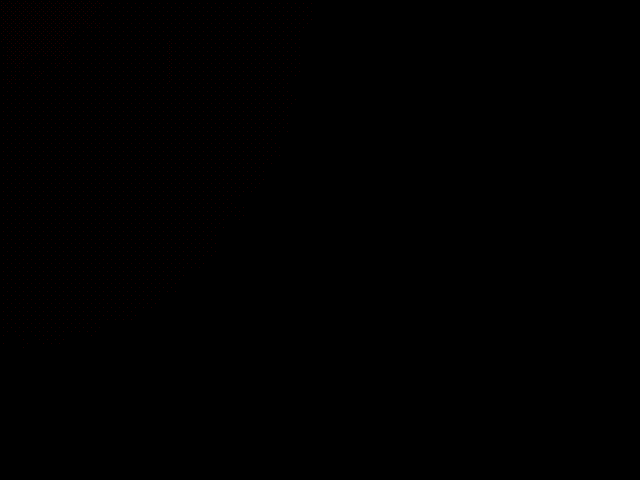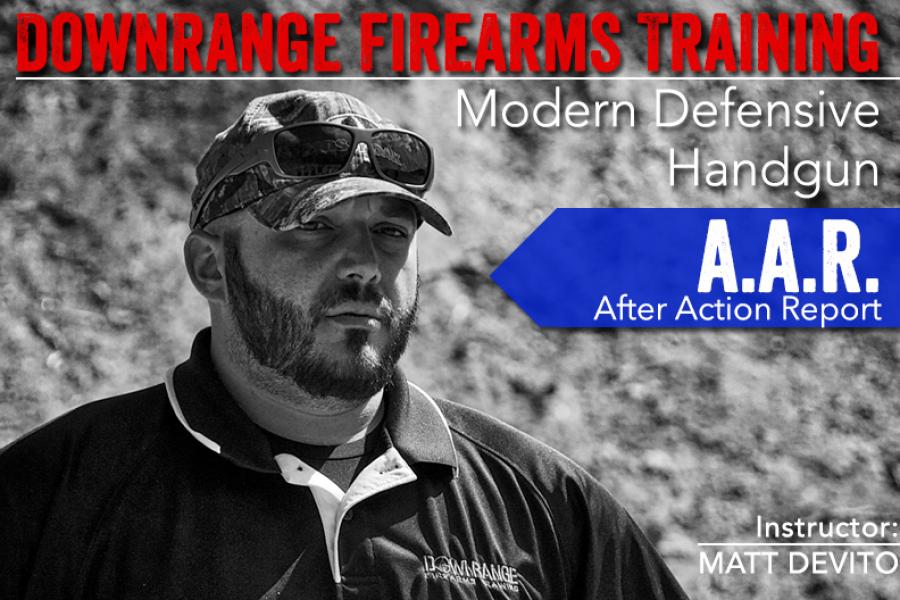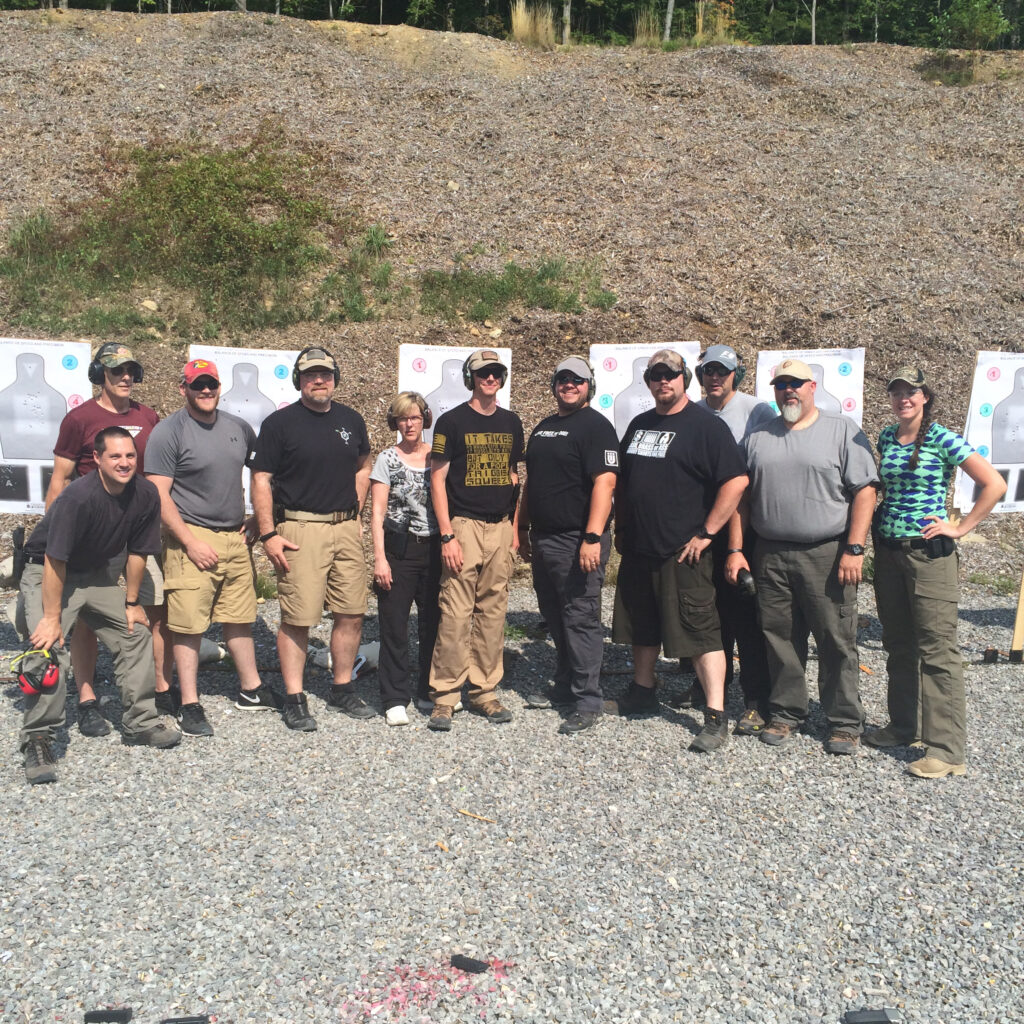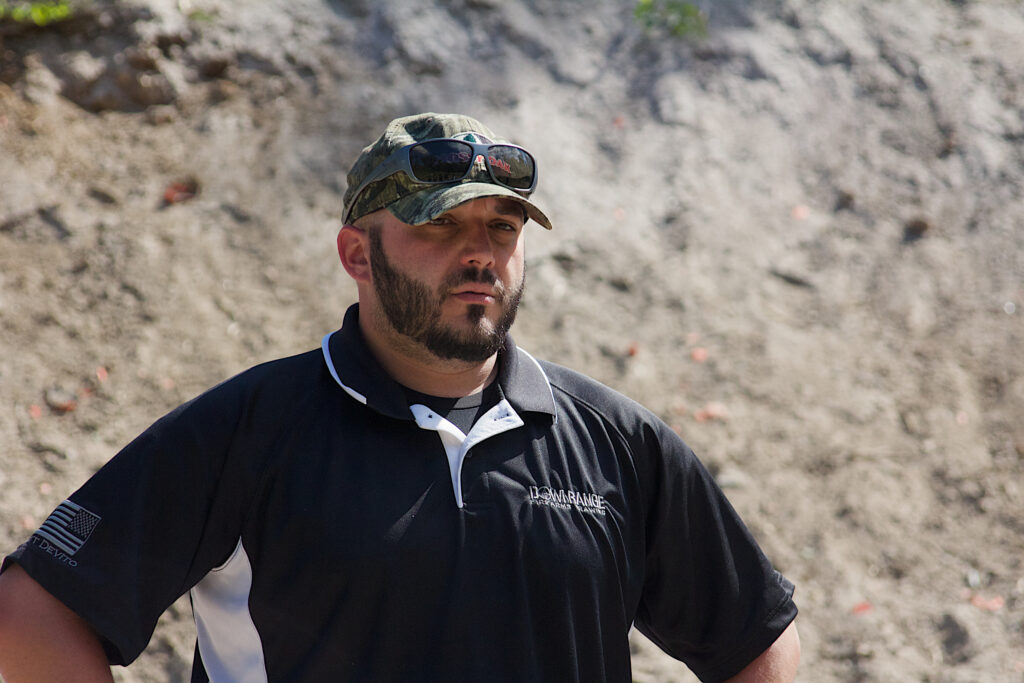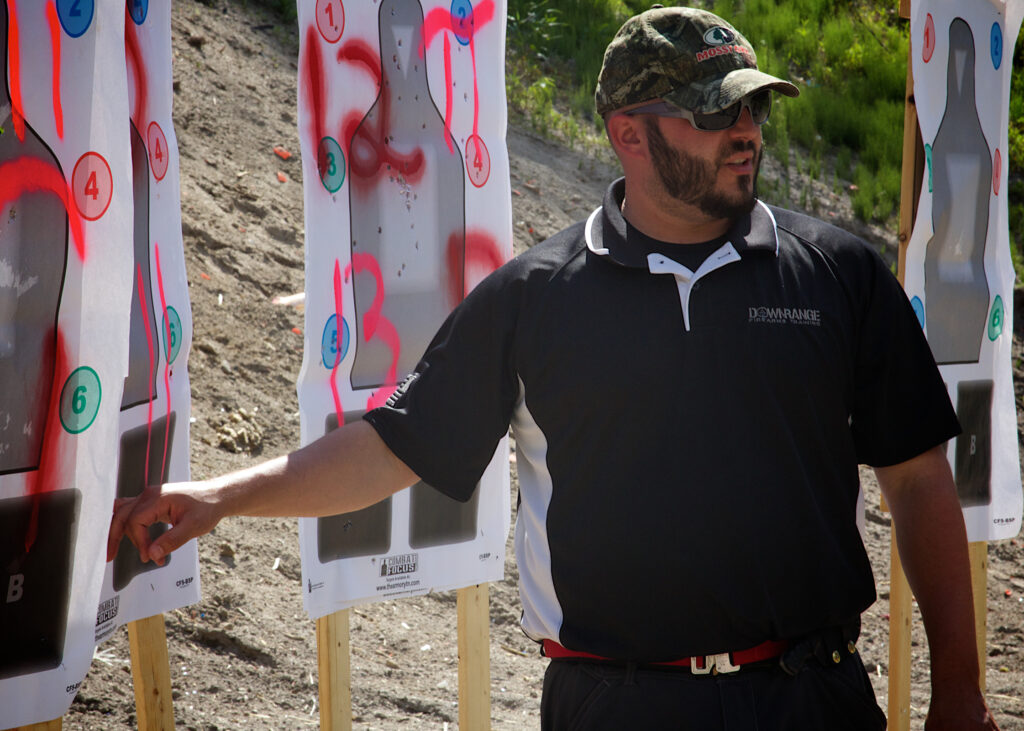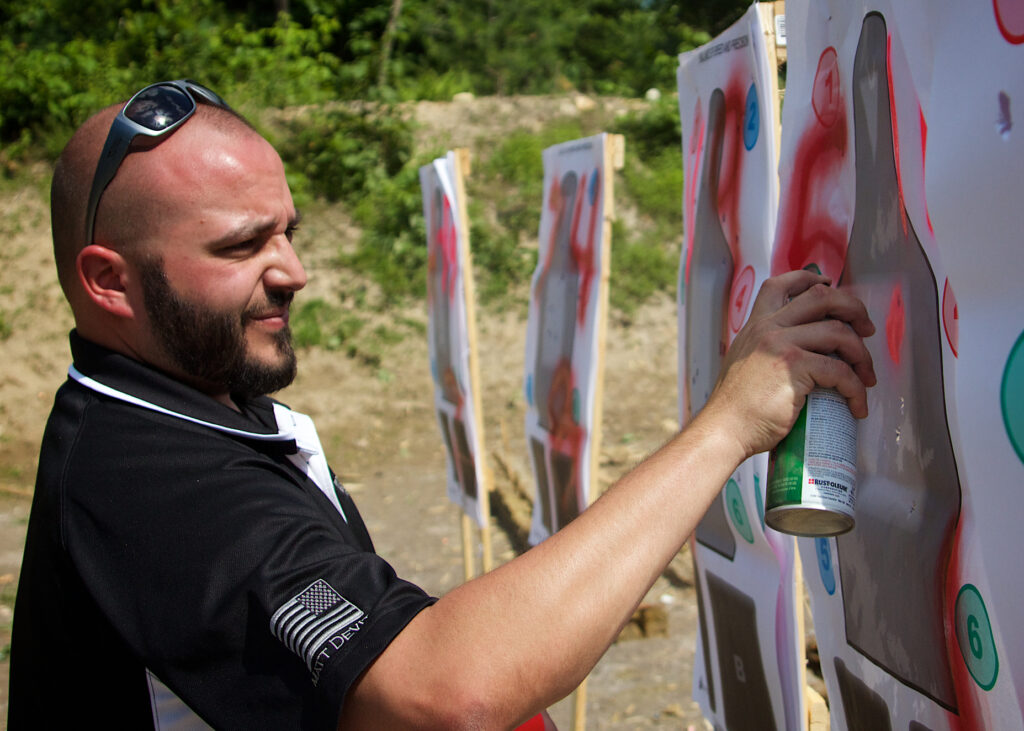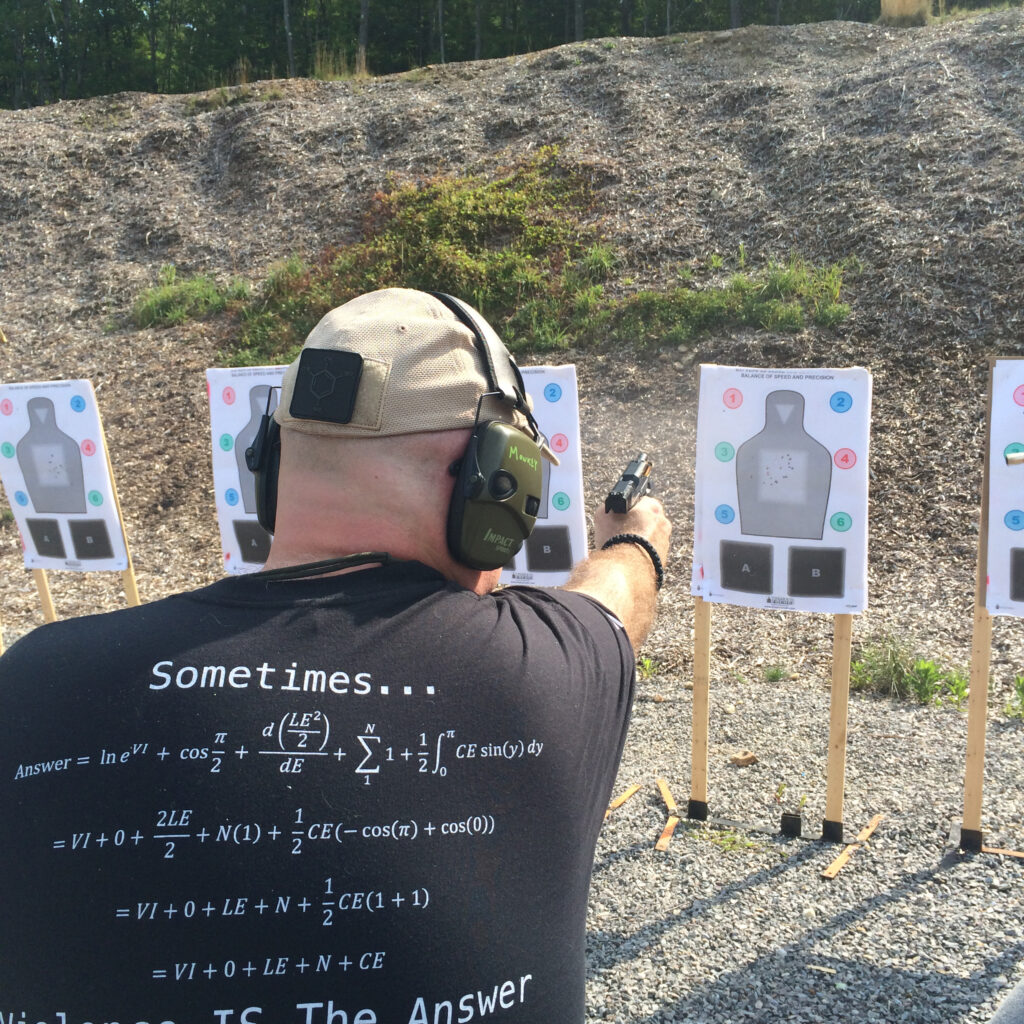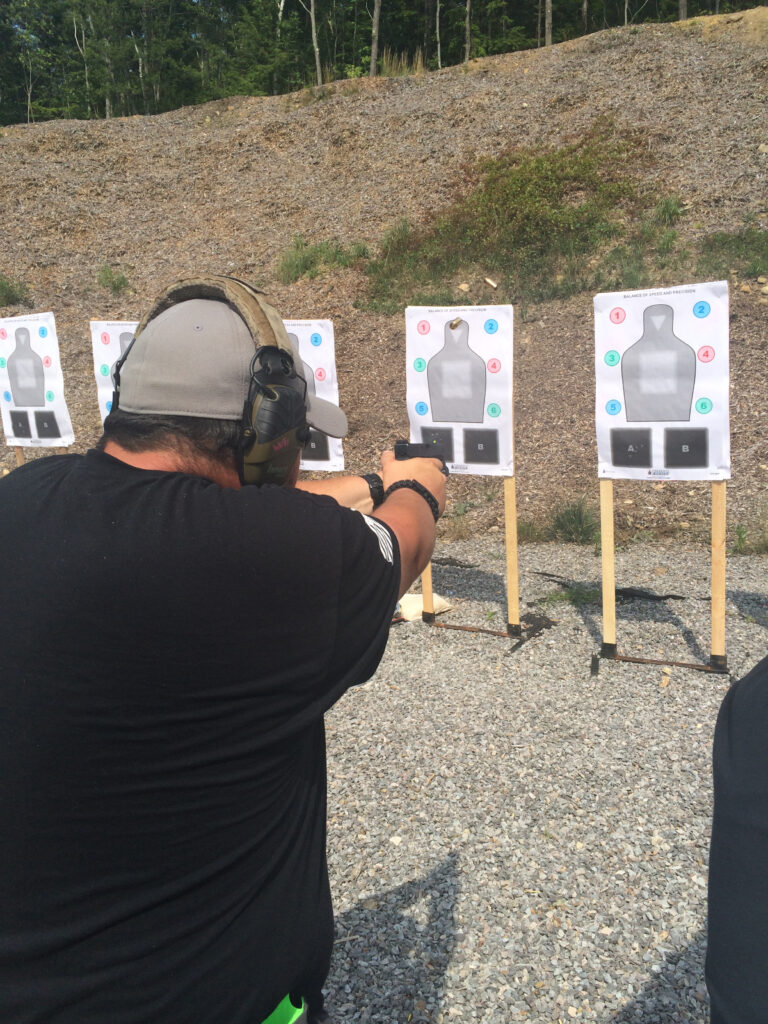After Action Report
DRFT CFS Class 09-10 AUG 14
Class took place at the Cheshire Rod and Gun Club. The area for the class was more than adequate for the 11 students. Amenities could have been increased a bit. The heads, actually a porta-john, was too far away. The student could not load mags, use the head and make it back on the line in enough time to not miss a drill or at least the start of it. There was not enough seating for all students. Although when brought up at the post class debrief it was noted that there was a plan to double the seating, all under an aluminum roof. Even with the above mentioned slight inconveniences the club was very conducive for training. Several of the club officers and range safety officers stopped by to see if we needed anything. A homemade lunch was also provided each day for a modest price.
Matt provided a real world, no nonsense approach to this two day pistol course. The course, Combat Focused Shooting or CFS, is not designed to have you stand in a bay and shoot statically. And we did not… This class had you moving. But not just moving. Moving and shooting… oh and throw in reloading too, after you were told why, not just why but the reasons behind why. I thought that was important because this class was not intended to make one a better bullseye pistol shooter, getting all your rounds in a dime size circle. This class was designed for when you draw your concealed carry pistol that you will be able to put combat effective rounds on target. Sometimes more than one target, in an ever changing training environment. Round count was just under 950, actually 948 rounds. I hate just putting a number like that out there. In the typical, and sad, “more is better” world, one might think that this class is not as good a 1500 round count class, or even half as good as a 1896 round count class. The truth is, that the number of rounds we shot were irrelevant. If Matt had said run these drills like this, and I used 400 rounds I would have been just as happy. I now have a host of new drills and scenarios to practice on the range. Each drill built on the previous one. Because of this we became faster and more effective.
I have taken several pistol classes. This class not only taught the standard issues items and causalities that most classes cover but went a little sideways. This class diverged in the approach to shooting. We didn’t just aim, pull the trigger and get the boom, but learned about the psyche and science behind what we were doing and feeling.
The science:
- How your shoulders can help with recoil mitigation
- How not using the sights can increase speed and even accuracy within the first 15 feet
- How your first reaction is not to go for your gun but that you get into a defensive stance, and how to deal with your body and that process
- The thoughts on when to take the shot and when not to
- How not looking at your reloads actually sped them up and made them more efficient
The psyche
- Moving laterally and not backwards
- How the mind gets involved and can change your accuracy
- How accuracy can be changed on perceived risk/reward
- The last drill of the day, and strangely familiar to the first day but with a difference, it was a HUGE improvement; faster, cleaner and more effective rounds on target.
When class had ended and we had two other students each, verify our weapons clear, we took the obligatory class picture. Then we did something different, we participated in a mandatory class debrief. Each person had to review items in the class, good and bad, and also Matt himself. That’s a pretty bold step, but one that the CFS instructor group actually uses to improve the class. Some of the drills that we ran through we’re improved upon from those of you that took the class before me, thank you. D
I feel that I am more prepared if, God forbid, I need to draw my pistol in a crowed area or some back alley and employ deadly force; not only did this class increased that preparedness but gave it to me in a way that taught me the why and not just because that’s the way we do it…
